#opalized fossils
Explore tagged Tumblr posts
Text

Sliced opal wood specimen pair
This is the cross section of a 110 million year old tree branch preserved in opal
Photo: ancients17
Loren Gurche
316 notes
·
View notes
Text
Australian Pokemon: 3 regional standards
another set of fakemon from my original Goorda region, based on Australia and Aotearoa/New Zealand (though mostly Australia). This time I'm covering 3 regional standard lines: The early game bug and the fossils. Previous posts: creepy lines, regional variants, birds, early-game standards, misc 2, misc 1, starter variants, starters.
The early game bug is Larvanette, the larva Pokemon, bug-type. As soon as they are born, Larvanette are wrapped in a silk cocoon by their parents that they will stay in until evolved. Different Larvanette live in differently-colored cocoons so collectors sometimes seek out all the variants.
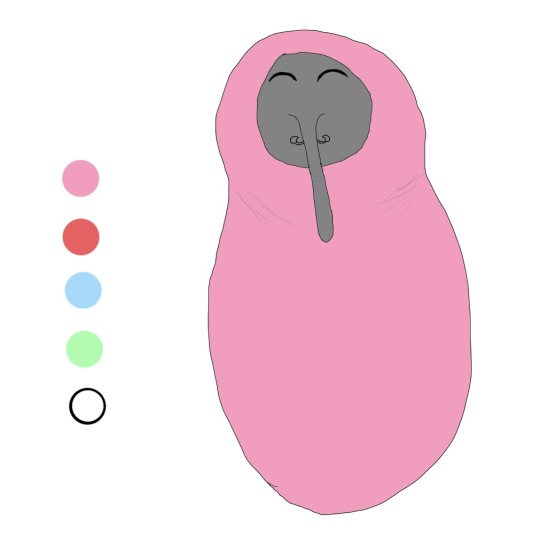
Larvanette is based on a weevil. Weevils are beetles that often have very long snouts. The way it is wrapped in its cocoon is based on a way babies are often wrapped up in blankets. There are multiple color variants (seen on the side of the drawing) with varying variety, white being the rarest. In an actual game this would just be a cosmetic difference, like the color variants of the Flabebe line. Its name comes from "larva" and "bassinet". The color of a Larvanette carries over to its evolved forms.
Larvanette evolves to Weavil, the weaver Pokemon, bug-type. Weavil secrete colorful silk from their upper set of hands, then use the needle-like fingers on their lower hands to weave that silk for many purposes. This silk is very soft and very strong, so Weavil are often caught to use their silk for clothing and other fabrics. Weavil are not particularly good at fighting so many trainers don't bother with them. However, a trainer who sticks with their Weavil for a long time may find it holds hidden potential.
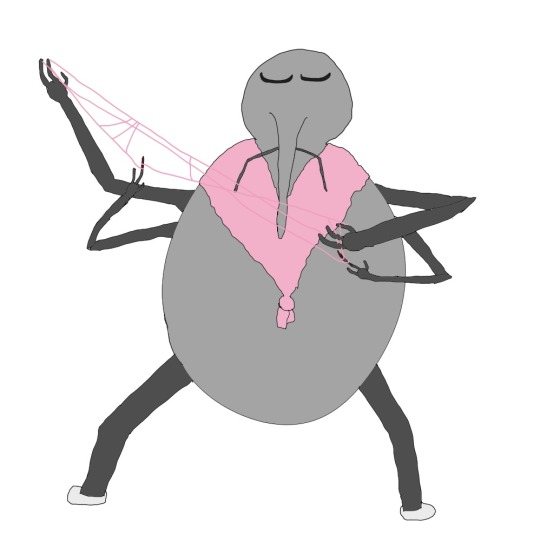
Weavil is based on an adult weevil and is intended to look like a motherly figure wearing a silk cardigan and sewing something new. The color of that cardigan and its silk will change based on the color of the Larvanette it evolved from. Its name is obviously a pun on "weevil" and "weave". I picture evolving Weavil as being challenging, possibly requiring a specific item or needing to be at a pretty high level. Its like Magikarp, stick with it and it gets really good.
The final form of Larvanette is Weevilong, the Weevil Pokemon, bug/dragon type. Weevilong are said to evolve only from the eldest of Weavil and are so rare many do not believe they exist. They are said to weave clouds into their pelts, which gives them the ability to fly. Because of their advanced age, Weevilong are said to be very wise and calm, slow to anger but unstoppable when riled up.
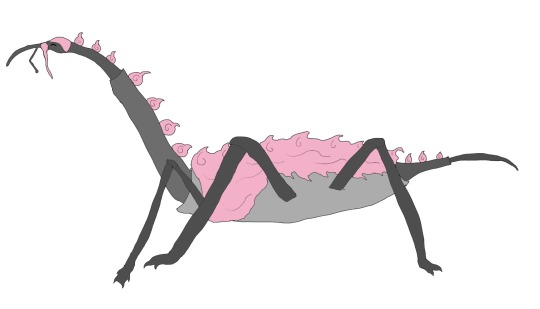
Weevilong is based on the New Zealand giraffe weevil and the Madagascar giraffe weevil, which are highly elongated weevils. It is also based on eastern dragons, who tend to be serpentine, can fly without wings, and are often quite hairy. In this case, its silk instead of hair. The color variants gimmick follows through like with its pre-evos. While the first two stages have typical early game bug stats, Weevilong is a badass with near pseudo-legendary stats. Its name comes from "weevil" and "long". Long both as in the Chinese dragons and, well, it's a long bug.
Moving into the fossils, I looked for Australian fossils and no species I found really inspired me. However I did find a few things that gave me ideas and I decided to combine those with an era of geological history that Pokemon hasn't touched yet: the Permian.
The first fossil Pokemon, revived from the Electrified Fossil, is Shail, the Sail-Back Pokemon, electric/rock type. The sail on its back contain special cells that generate electricity when exposed to sunlight. It would bask in the sun in the morning to power itself up before hunting in the afternoon.
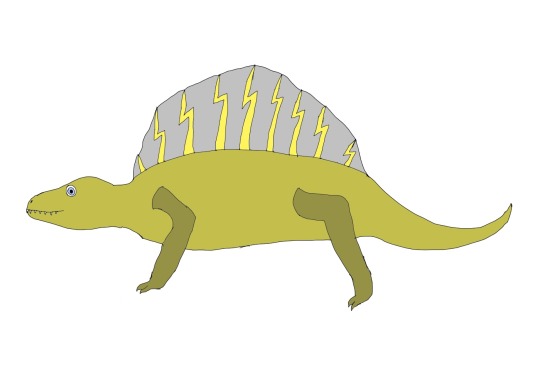
Shail evolves to Galvodon, the Sail-Back Pokemon, electric/rock type. The spines on its back contain special organs that generate large amounts of electricity. When fully charged, the space between its spines fill up with arching electricity, forming a sail. Even millions of years later, it's fossilized bones still hold an electric charge.
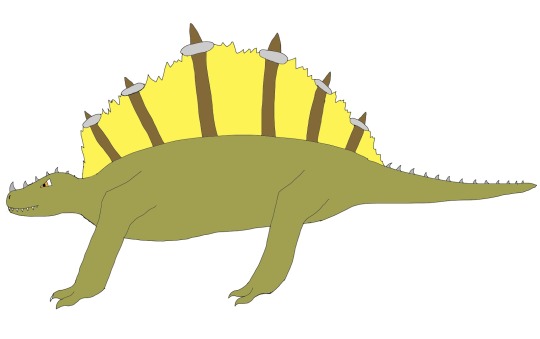
Shail and Galvodon are based on dimetrodon, the famous sail-backed synapsid very commonly mistaken for a Dinosaur even though it was extinct long before they came around. I drew inspiration from the lightning beast, an ornithopod dinosaur so called because it was discovered in Australia's lightning ridge. Shail basking in the sun to build up electricity in its sail is a reference to the common hypothesis that dimetrodon used their sails to regulate their body temperature. By basking with the sail facing the sun, it would warm up. Galvodon's back spines are based on tesla coils and the sails aren't flesh, they're raw electricity. Shail's name comes from "shale" and "sail" while Galvodon's name comes from "Luigi Galvani" (who studied bio-electricity in animals), "galvanism" (electricity generated by chemical reactions), and "dimetrodon".
The other fossil Pokemon, revived from the Opal Fossil, is Tuscal, the Opal Tooth Pokemon, psychic/rock type. The gemstone on its forehead has the power to sense the mind of other Pokemon, letting it detect prey and predators without seeing them. Its teeth are made from a psychically-active form of opal.
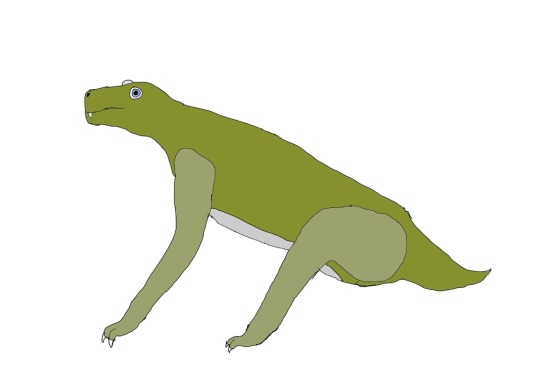
Tuscal evolves to Gorgopal, the Opal Fang Pokemon, psychic/rock type. It used its psychic powers to predict the actions of prey before they were even made, making it the apex predator of its time. Its opal fangs transmit large amounts of psychic energy, paralyzing the nervous systems of anything it bites.
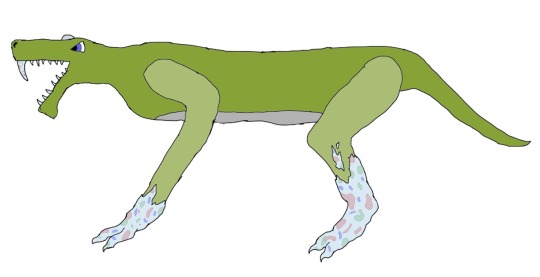
Tuscal and Gorgopal are based on gorgonsids, powerful, saber-toothed Permian predators. They are also based on opalized fossils. These are fossils that are made of opal due to the conditions where they fossilized. Most opalized fossils are from Australia. The opal on the forehead that gives these Pokemon their powers is based both on the common third eye imagery associated with psychic powers and with parietal eyes, which are simple light-sensing eyes possessed by most modern reptiles and (possibly) by gorgonopsids. Tuscal's name comes from "tusk" and "opal" while Gorgopal's name comes from "gorgonopsid" and "opal".
#pokemon#fakemon#pokemon oc#original pokemon#australia#aotearoa#new zealand#weevil#dragon#giraffe weevil#eastern dragon#fossil pokemon#fossils#permian#dimetrodon#gorgonopsid#opalized fossils#opal#art#new artist#artblr#drawing
9 notes
·
View notes
Text

Opalised dinosaur femur. Registration no. P 208014.
5K notes
·
View notes
Text
Fun fact(?)
This crack/scar in Steven's belly was inspired by opalized fossils (like the one in the second image), so it would have the appearance of this type of fossil but with the texture of a gem's skin
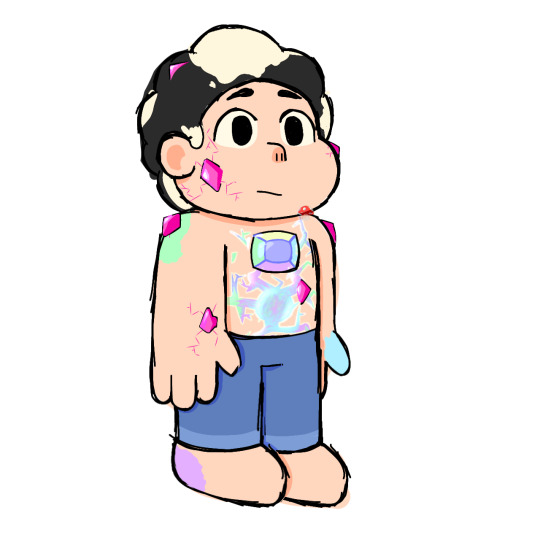

#art#artists on tumblr#digital art#illustration#fanart#steven universe#steven universe au#steven unvierse au#opal#opalized fossils
1 note
·
View note
Photo


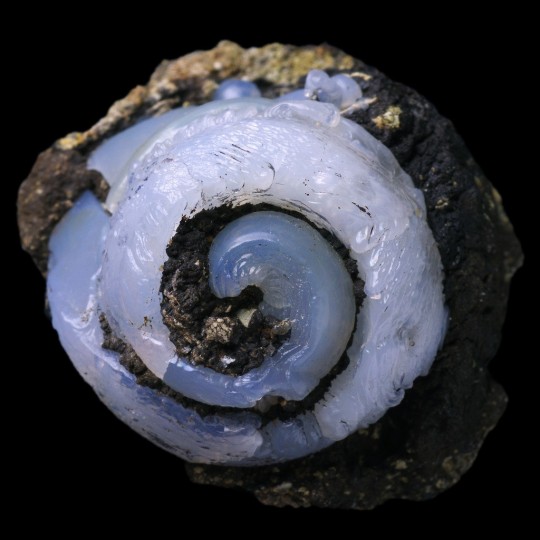
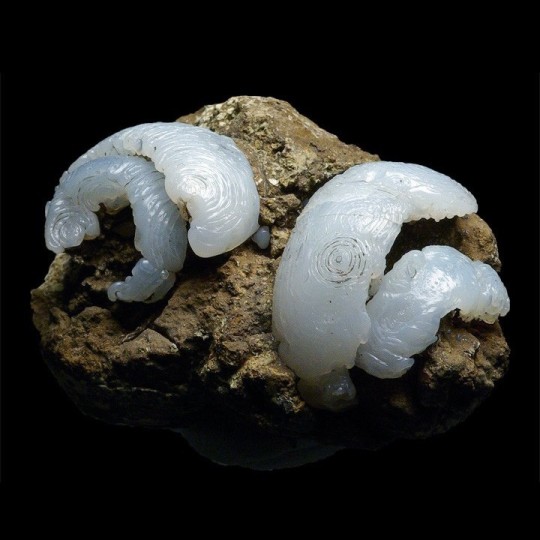
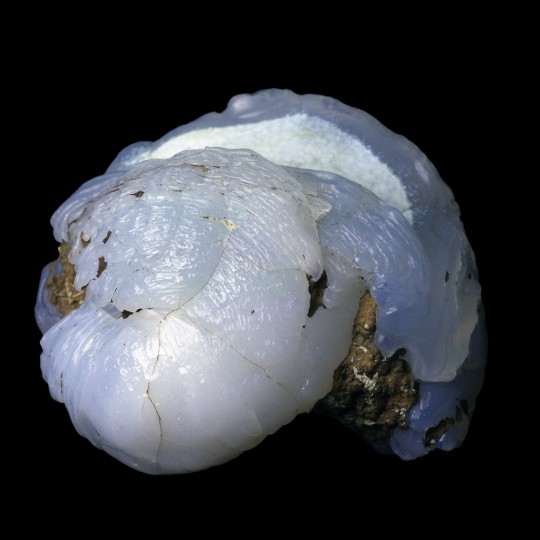
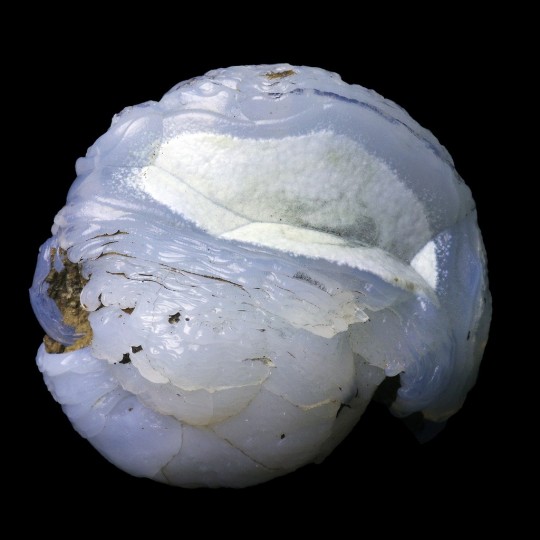
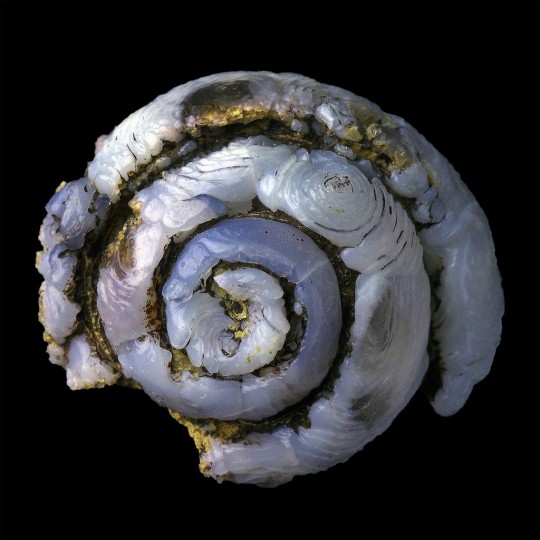
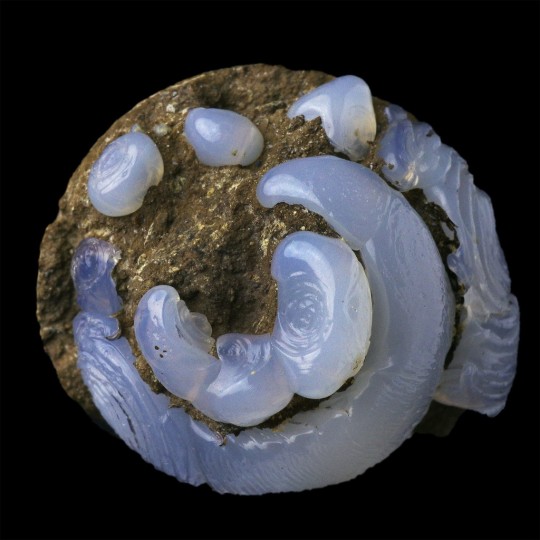


Epigenised (Opal-CT, Lussatite) Helix Ramondi snail fossil, from Dallet, Puy-De-Dôme, France.
#opal-ct#lussatite#epigenised#epigenized#snail#snails#helix ramondi#gastropod#gastropods#animal#animals#fossil#fossils#fossilised#fossilized#ancient#dallet#puy-de-dôme#puy-de-dome#france
17K notes
·
View notes
Text

Pair of Opal Replaced Belemnite (Peratobelus) Fossils - Australia
#belemnite#peratobelus#australia#opal#opalized#opal replaced fossil#fossil#fossils#prehistoric#paleoblr#aes#png#transparent#paleontology#fav
46 notes
·
View notes
Text

partially opalized petrified wood
70 notes
·
View notes
Text

Opalised Freshwater Snail Fossil Viviparidae (River 🐚 Snail) Approximately 110 million years old Found in Lightning Ridge, NSW Australia! Photo ©️ Whitney Hill
377 notes
·
View notes
Text
SCIENCE SATURDAY:OPALIZATION
This is a really simple process. Opalization occurs when silica-rich water gets into cavities. These cavities can simply be holes in rocks or could be pores in bones or wood. Then the water evaporates and leaves behind the silica minerals. Repeatedly. Voila! Opalization.
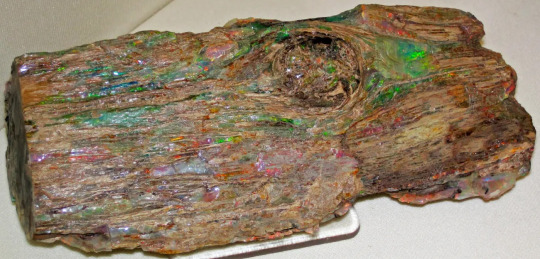
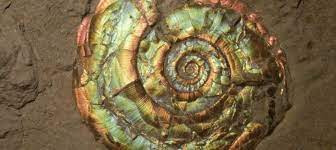
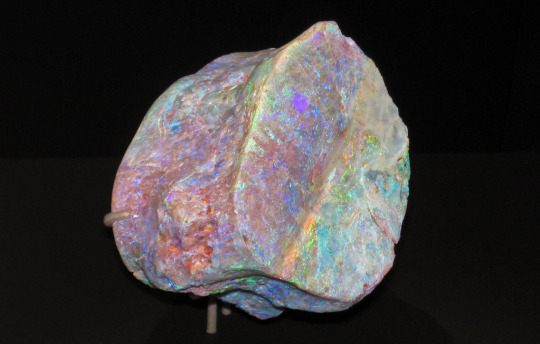
287 notes
·
View notes
Text


opalized Peratobelus [x] [x]
301 notes
·
View notes
Text

Opalized Petrified Wood


#petrography#petrified wood#petrification#geology#stone aesthetic#special collections#collectibles#rocks and minerals#gemstones#collectables#opals#opal#decorative#decoration#home decorating#prehistoric#fossil collection#fossils#fossil wood#specimen#special
14 notes
·
View notes
Photo
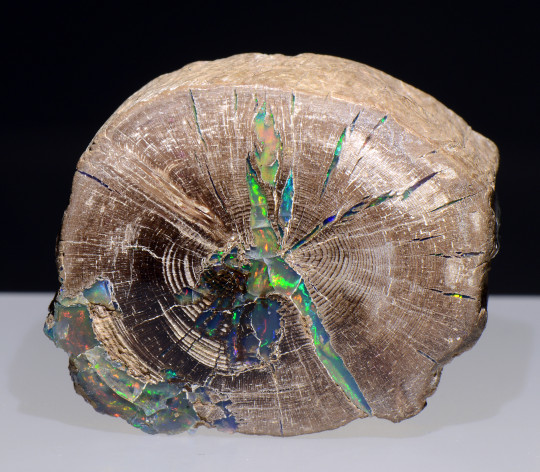
Opal in petrified wood, Natural History Museum of Los Angeles, Gem and Mineral Hall Collection. By Stan Celestian on Flickr. (Hi-Res)
#opal#opals#opalised#opalized#petrified#wood#opalised wood#opalized wood#petrified wood#fossil#fossils#fossilised#fossilized#fossilised wood#fossilized wood#tree#trees#tree trunk#tree trunks#mineral#minerals#museum#museums#natural history museum#nhmla#los angeles#natural history museum of los angeles#geology#stan celestian
14K notes
·
View notes
Text

BOULDER OPAL WOOD FOSSIL
108 notes
·
View notes
Text
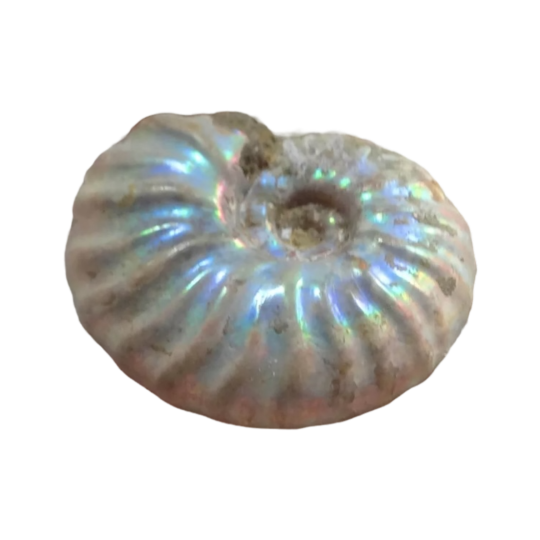

32mm Iridescent AMMONITE FOSSIL Opalized 100 million Years Madagascar
#png#transparent#fossil#fossils#ammonoid#ammonite#opalized#madagascar#prehistoric#paleoblr#paleontology
47 notes
·
View notes

